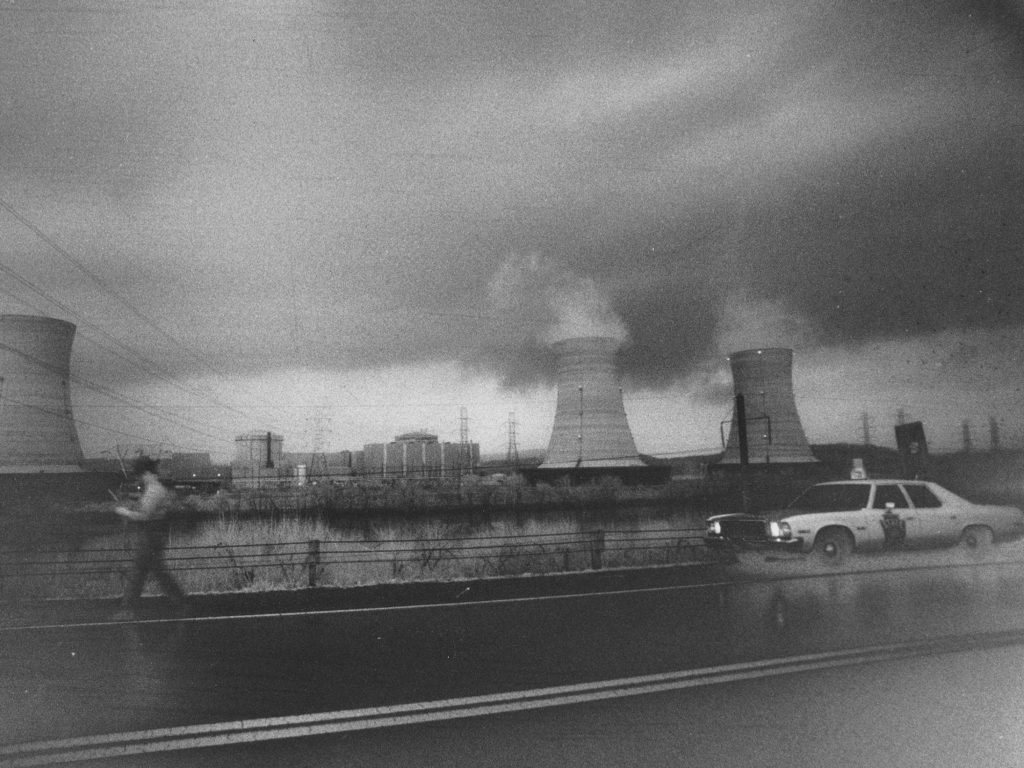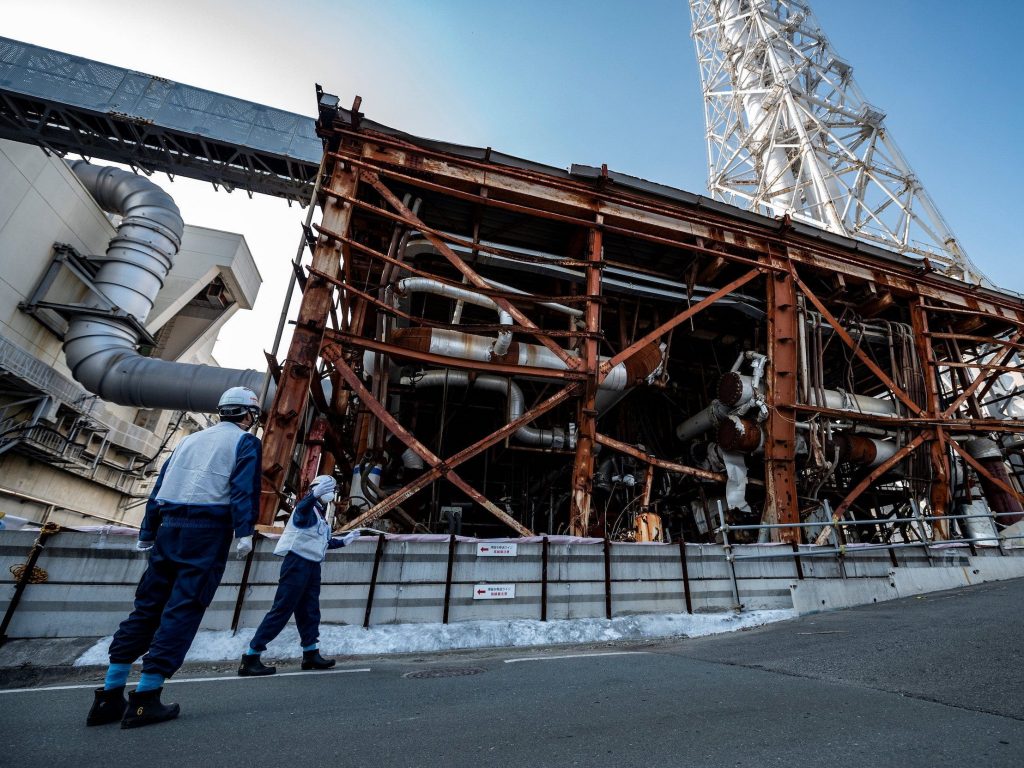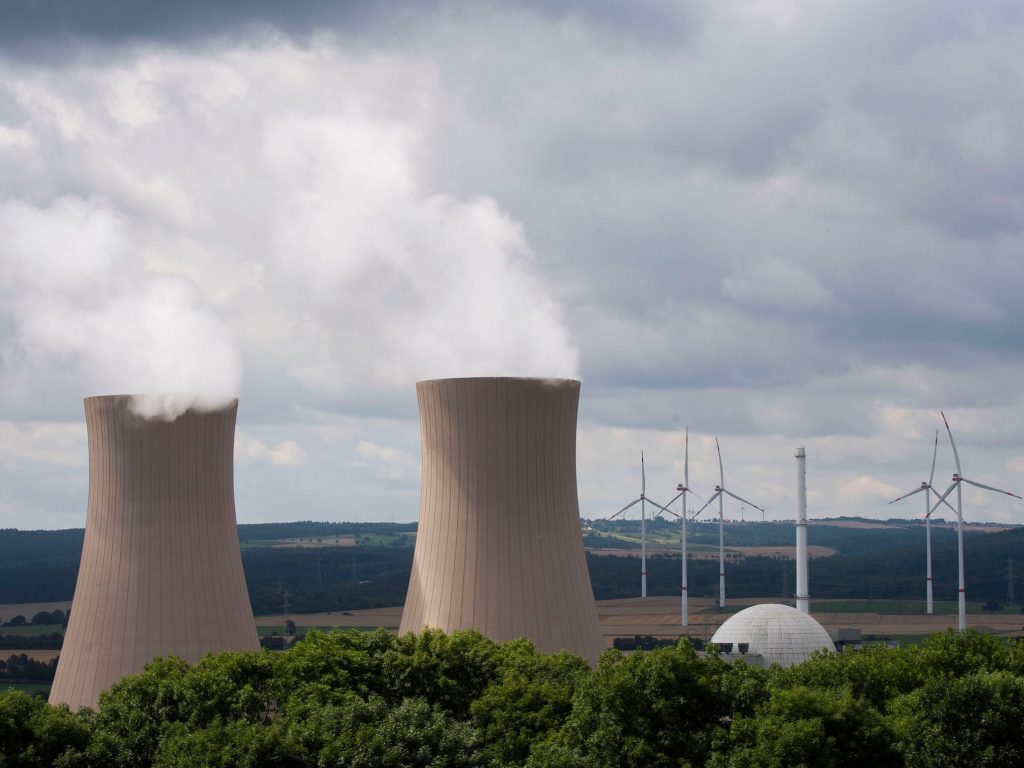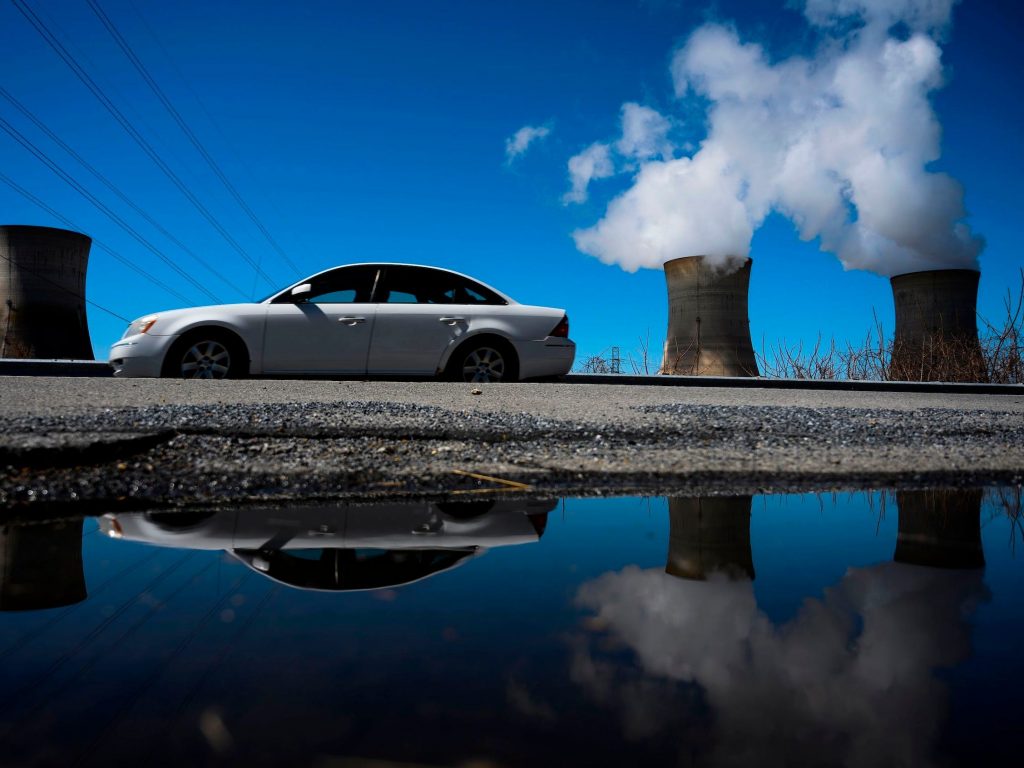- Nuclear power is the answer to reducing US reliance on fossil fuels, some experts say.
- But critics argue that it's still too costly and dangerous after high-profile meltdowns.
- Investors like Bill Gates are working to make nuclear plants cheaper and easier to build.
First, picture a lollipop.
Now, imagine if that lollipop were made of uranium, and it could provide all the energy you'd need over your entire lifetime.
Plus, the solid waste from providing you that energy would also be the size of a lollipop.
That's the advantage of nuclear power, Gary Was, a nuclear engineering professor emeritus at the University of Michigan, wrote in a 2020 paper published in the journal "New Labor Forum."
"The energy density [of nuclear power] is just phenomenal compared to fossil fuels or renewables," Was told Insider. "It's a huge amount of energy from just a tiny, tiny volume."
Nuclear energy currently accounts for about 20% of all power in the US. Natural gas still outpaces nuclear, accounting for roughly 40%, while a mix of coal, hydroelectric, and other renewables make up the rest, according to US government data.
But experts say that relying more on nuclear power could reduce our dependence on fossil fuels, especially as Russia's invasion of Ukraine continues to roil the global energy markets. Widely considered a clean, cheap, and reliable alternative to fuels like oil, gas, and coal, nuclear could be the answer to our problems — but decades of rising costs and roadblocks still stand in the way.
How nuclear power plants became so expensive to build

Nuclear power plants began cropping up in the US in the 1960s. Back then, they were cheap to build. By some measures, building a nuclear plant was cheaper than building a modern gas plant, according to Vox.
But over time, nuclear power plants became more expensive for a variety of reasons: The plants are constructed on site, which can be costly and time-consuming; there's no standard design used by the entire industry; and government regulations around security and staffing have made the plants significantly more expensive to operate, Was said.
These days, there are 28 states with at least one commercial nuclear reactor and most of them are east of the Mississippi River. Illinois leads the US with 11 reactors at six plants throughout the state — two new reactors are under construction in Georgia, though those, too, are experiencing delays and mounting costs.
The possibility of a meltdown

What critics often point to as the biggest risk of nuclear power is radioactive waste.
The total amount of waste is "very, very small," Was said — in fact, all the used fuel produced by the nuclear industry would only cover the length and width of a football field and reach about 10 yards high.
But the fact remains that the waste is highly radioactive. The federal government had planned to create a permanent site to store all the waste in Yucca Mountain, Nevada, but political maneuvering derailed the plan. For now, waste is stored at nuclear plants across the country, which experts say will work for another 100 years or so.
And then, of course, there's the possibility of a reactor melting down. In 1979, an equipment malfunction caused a partial meltdown at Three Mile Island in Pennsylvania. No one at the plant was killed, and scientific studies in the decades since have been unable to find any long-term health impacts.
In 2011, an earthquake and tsunami led to a meltdown at the Fukushima Daiichi plant in Japan — the meltdown resulted in one radiation-related death, the Japanese government announced in 2018. A 2016 World Health Organization report said the workers who were most exposed to radiation have an increased cancer risk, but that the risk to the population surrounding the plant is small. A 2020 United Nations report found that there have been no adverse health effects among local residents in the decade since the meltdown.
Still, the Fukushima accident in particular was a public relations disaster for the nuclear power movement and led governments around the world to curtail their nuclear programs.
Gregory Jaczko, the former chairman of the Nuclear Regulatory Commission, wrote in a Washington Post op-ed in 2019 that the meltdown led him to leave the nuclear industry altogether.
"Despite working in the industry for more than a decade, I now believe that nuclear power's benefits are no longer enough to risk the welfare of people living near these plants," he wrote. "The current and potential costs — in lives and dollars — are just too high."
'A rock-solid source of electricity'

The clean energy community is divided on whether nuclear power should be a key part of our future energy mix.
But Michigan's Was told Insider that nuclear is essential because it's the most reliable energy source we have. Nuclear power plants operate at 100% capacity about 93% of the time, according to US government data, making them more reliable then wind and solar, and even natural gas and coal.
"These things have been just sort of a rock-solid source of electricity for us for at this level for probably 20 years now," Was said. "They've quietly been building up an extremely impressive history of providing 100% CO2-free electricity to this country, and that's something that if you stand up and take note of it, you gotta ask the question, well, what else do we have that can do that?"
That sentiment is gaining traction in the startup world where companies like NuScale and TerraPower, which is founded and backed by Bill Gates, are experimenting with smaller or more modular reactors that cost less to build.
Gates told CNBC's Andrew Ross Sorkin last year that he sees a future where reliance on nuclear power will "absolutely" be politically palatable.
"As we solve these engineering problems and cost problems," he said, "I hope people will be open-minded to see how incredibly safe the next generation will be."

